Isn't it weird that there are films that are basically torture porn? You would have thought that societal pressure would have completely rejected any notions of this. To me, torture porn is defined by the horrific and unthinkable actions that happen on screen in a physical sense. So, films like the Saw franchise, The Human Centipede and Hostel fit into this category. Anime is a naturally violent medium - after all, it is trying to bring to the screen with animation that which live action can't. Everyone must have known that at one point or another, someone would try to make something along the lines of Antichrist. The result of that was Violence Jack... which I am never going to cover on this blog because it is fucking disgusting (I'm being serious for once). However, if we're looking for a socially acceptable extremely violent and highly sexualized anime, then you need look no further than this one.
Series: Rin - Daughters of Mnemosyne
Year: 2008
Director: Shigeru Ueda
Screenwriter: Hiroshi Onogi
Studio: Xebec, Genco
Original Run: February 3rd - July 6th, 2008
Episodes: 6
Several questions may be popping through your head right now. Like, what is the writer of several episodes of RahXephon, Eureka Seven and Gundam doing writing a Noir? And why are Xebec, the creators of Love Hina, working with Genco, the producers of Kino's Journey, to create a very disturbed anime? Well, in my opinion, Onogi just decided he was done with Mecha shit for a bit and the two producers decided to combine the best of both their worlds: Xebec's love of the female form with Genco's love of both that and action. Now, if you look at Genco's resume, they don't exactly have the best track record, although they have also pushed through some excellent work (seriously, I can't believe the same company that produced Kino's Journey also gave us Eiken and Ikkitousen the same year). Xebec, on the other hand, barely have a track record at all, leaving them known pretty much only for Love Hina... Something I wouldn't be too proud of. However, between the two of them, I do believe that they made a very good piece of work involving vampires that don't actually sparkle (bear in mind, this was the same year the first Twilight film was made, so old habits were dying hard). So, let's review the show that'll sate any gore hound's mad obsession: Rin - Daughters of Mnemosyne.
Story: 7/10
 |
| These new additions to the vampire mythos are not unwelcome. |
 |
| Despite Apos's really nice design and diabolical personality, his motivation is so unclear that it leaves much to be desired. |
The characters in this anime are all-round pretty well-written, with the exception of Apos. Rin is very likeable, she has a sense of charm to her, the outfits she wears give her a sense of style and class like an actual Film Noir detective and her implied bisexuality is a lot more liberal than a lot of anime shows, where for the most part it would be used as tool for fan-service. And whilst there is fan-service (and a lot of it), whenever it's used, there does seem to be a purpose to it, either in order to explore a character or to progress the plot. Mimi, for all her constant annoying reminders that "Vodka" means "Water" in Russian, is also her own character and isn't just relegated to the uninteresting sidekick category like Robin from the Batman comics originally was. She has thoughts, feelings and relationships with other people. The side characters are also quite good but not the most memorable, mainly because there's not really enough time devoted to them in order to make you care. However, my largest complaint comes in the form of Apos, who is by far the most flawed thing in the series. Apos is the villain and he is actually a very promising villain for the first five episodes. He actually does diabolical things, like torture other female immortals for his amusement, and try to have Rin killed several times through different methods. He is really only interested in "time-fruits", the reason why people sometimes become immortal, and will do everything to get them. However, his entire character is completely destroyed in the last episode. Why? Because we find out that all this time his motivation was unclear and extremely confusing, therefore making all of his actions meaningless, simply reducing him to an evil person instead of an actual villain. And I think it's really sad that Onogi messed up this badly because Apos is very, very much evil, and if he hadn't been reduced to being meaningless, then he probably would have been one of my favourite anime villains. Alas, it was not to be.
| Best English Dub actor for definite. |
The quality of the animation is the sort we've come to expect nowadays: quite good, flowing and generally fine for viewing. What really stood out to me about the technical side of things this time was the English Dub. I think that Colleen Clinkenbeard, who is known for playing Lt. Hawkeye in Fullmetal Alchemist and Nice Holystone in Baccano!, really stood out in her role as Rin, which was part of what made the character so likable. Also, huge props to Todd Haberkorn as Apos, who does give his all in making his villain terrifying and applies the sliminess in his voice that he toned down for Death the Kid in Soul Eater to full volume. Overall, there's not really much to say about the technical side, it's just very good in all honesty, although with the Dub there is obviously the occasional hiccup, as is expected.
 |
| You see kids, this is why some things are for adults and adults only. |
If there is one thing to be said about this series, it is that it tries it's best to make you feel uncomfortable. Torture, rape, murder... this anime has all that plus failed cloning experiment zombies and Angels that kill Immortals after raping them. What's not to like? I do think that you have to have quite a strong stomach to view this, as some of the scenes can be extremely graphic, i.e. knives and other things inserted into female naughty parts graphic. I wouldn't really recommend under-sixteens viewing it and I think that in this case the R-Rating is very much justified.. Did I enjoy this anime? Well, yes, I actually did, up until the final episode, where I feel Onogi just couldn't really keep up the pace and quality. However, for what it was, I think it did a relatively good job at entertaining me.
Final Verdict: 7.5/10
Not terrible, but not brilliant either. I think that your best course of action would be to rent it and see what you think before buying. The series is at an average length, so you could probably get through it in a matter of just over four hours. This anime is licensed by Siren Visual in Australia, Funimation in the U.S. and Manga Entertainment in the U.K. and I do believe is only available on DVD. For other anime recommendations, I point you in the direction of Elfen Lied, one that I have covered before and is similar in its dark elements, with gore and lots of nudity; the other that I recommend is Baccano! because that is also very gory but also has some really good action. Rin is probably more adult than Baccano!, whereas Elfen Lied is much closer to its adult vibe. Between these two you should hopefully find something that you like.
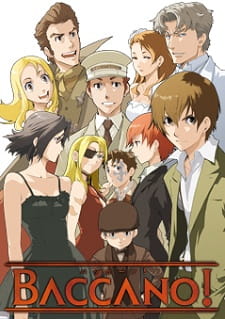 |
| Baccano is what an anime would probably be like if Quentin Tarantino ever decided to do one. |
 |
| Elfen Lied, a show where young girls with supernatural powers are imprisoned until one of the inmates called Lucy escapes. |
So, thanks for reading and until next time,
Sayonara!



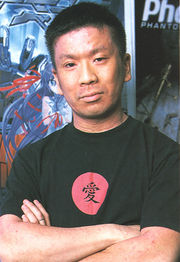

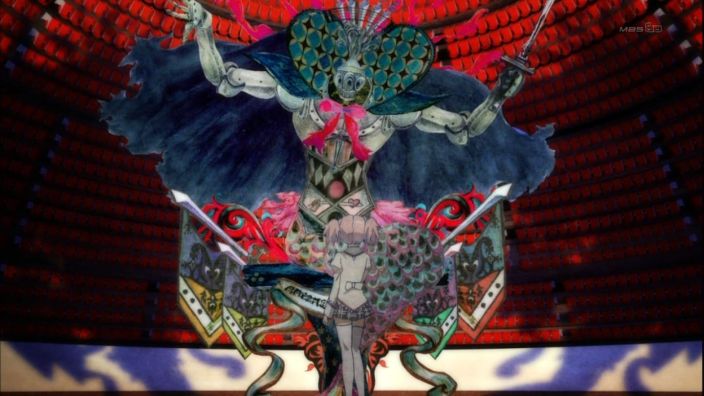

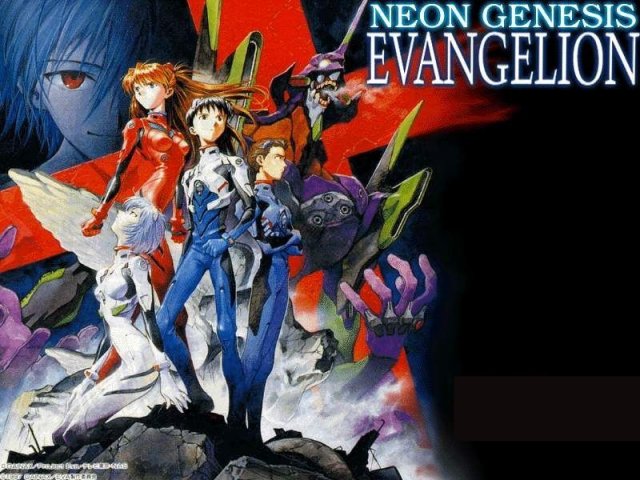
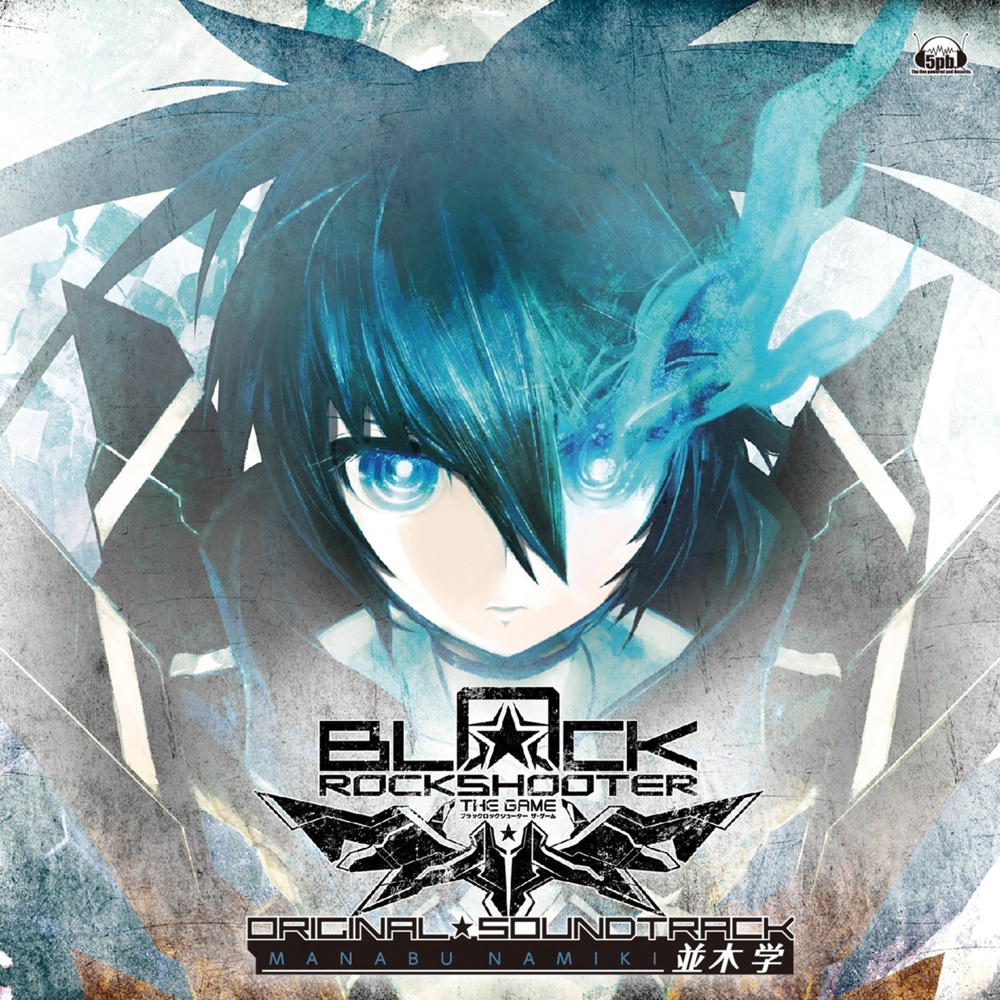
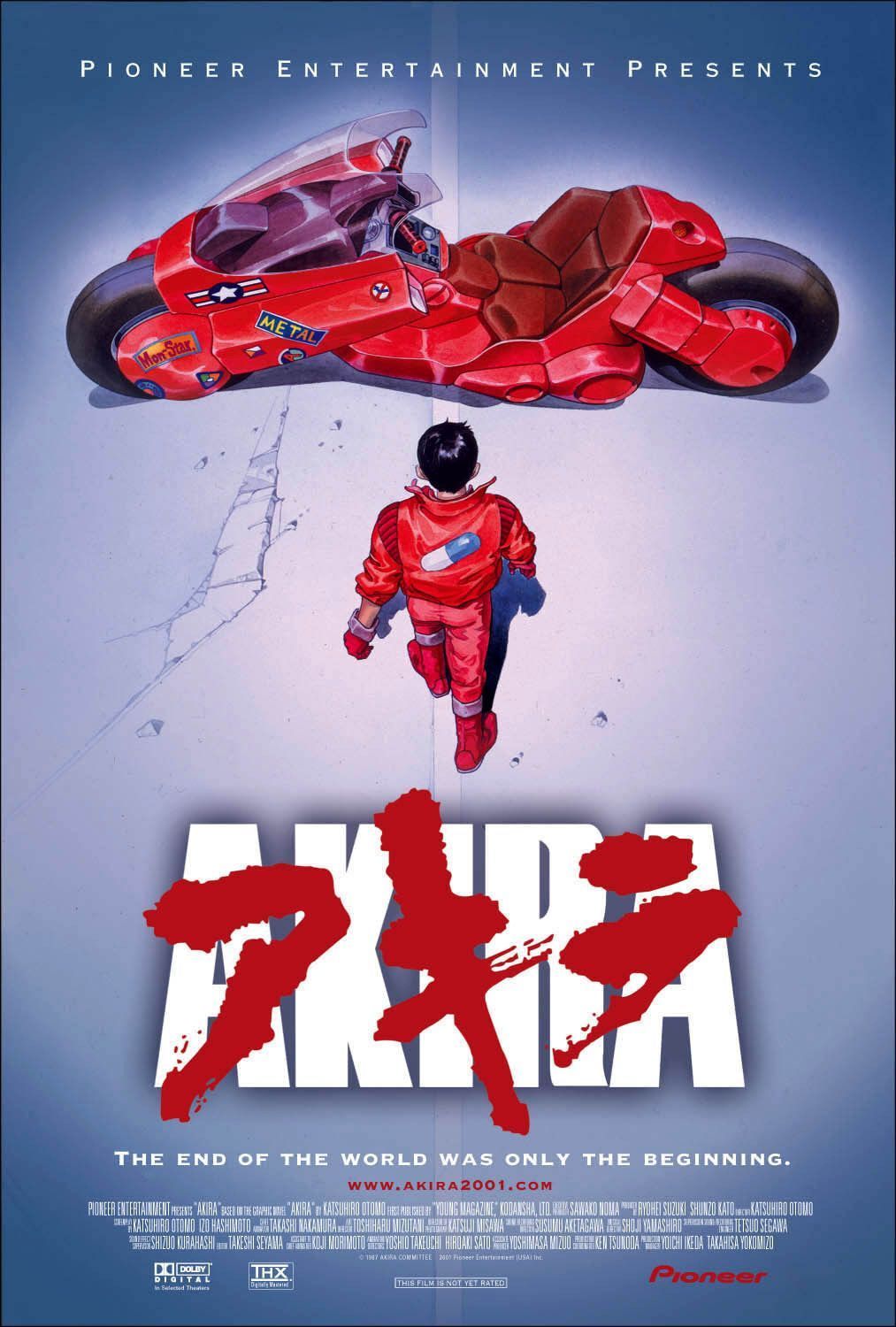





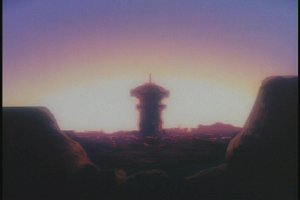
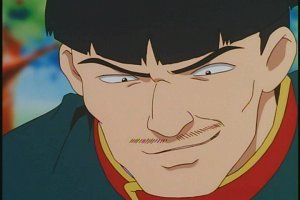

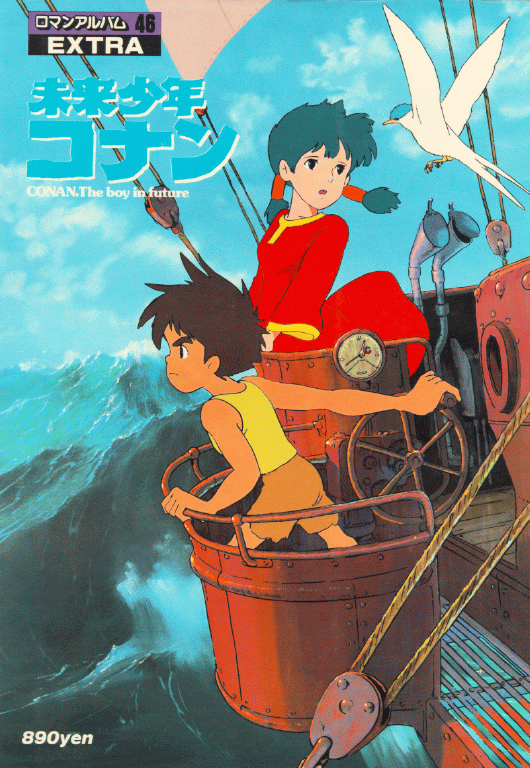

.jpg)






